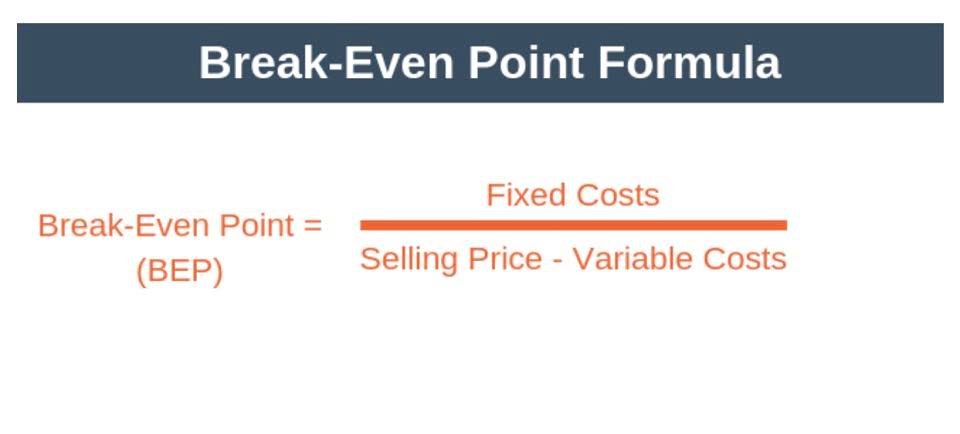Content

Preferably, your company should be offering online payment methods to speed up this process. Some businesses allow selling on credit to make the payment process easier. The provider may find it hard to collect payment perpetually every time someone makes a call.

In any event, any contingent liability arising from discounted notes treated as sales should be disclosed in the notes to the financial statements. J. C. Penney’s annual report provides a good example of how receivables are presented in corporate financial statements. The risk can be tolerated if it produces income through finance charges or through increased sales. Access and download collection of free Templates to help power your productivity and performance. In the example below, you can see how AR is portrayed on the balance sheet in one of CFI’s financial models.
What Are Accounts Payable?
Stay on top of transactions; more nonpayment errors develop in the first 60 days after delivery because of insufficient or incomplete customer contact, Stine said. Most B2B billing hinges on accounts receivable, so standard invoicing practices make for great accounts receivable examples. If you bill your clients hourly, invoicing that client every hour, day or even week would quickly become tedious for both parties. Instead, you’re likely issuing monthly invoices and expecting payment within 60 days. The value of your invoice, which represents a month’s worth of work, is part of your accounts receivable.
Can AP and AR be the same person?
In most cases small companies start out with AR and AP being done by the same person.
If this is the case, you’ll want to track what’s called the Real Estate Accounting Made Easy in 5 Steps turnover ratio to make sure the percentage of accounts receivable compared to your sales remains fairly constant. This means that your customers are paying you quickly and that you aren’t owed that much money. This is where accounts receivable comes in, also known by the shorthand “AR.” Accounts receivable is the amount of money that your customers currently owe you for things that you have already sold to them. Essentially, it’s a total of all of the invoices that you have given to customers but that have not been paid yet. Accounts payable is the money owed to vendors and suppliers that results in cash outflow. Meanwhile, accounts receivable is the money you receive from selling goods and services that leads to revenue.
Accounts Receivable Turnover
Accounts receivable balances that will not be collected in cash should be reclassified to bad debt expense. For example, you may email every customer when an invoice is later than 30 days, and call each client when an invoice is over 60 days old. If you enforce a policy, people will either start to pay you on time, or stop doing business with you (which may be fine, if they always pay late). Some firms charge late fees after a specific due date, and include the terms of the fee on each invoice. The accounts receivable aging schedule separates receivable balances based on when the invoice was issued. Net credit sales means that all returned items are removed from the sales total.
Accounting departments or merchants must be responsible for sending invoices on time. Generally, it does not cover payroll and the overall cost of your long-term debt and mortgage—however, you should record monthly payments for debts in the accounts payable. Accounts payable are short-term debts your company owes to vendors and suppliers.
Create a Free Account and Ask Any Financial Question
https://kelleysbookkeeping.com/what-is-business-accounting/ (AR) are the balance of money due to a firm for goods or services delivered or used but not yet paid for by customers. Accounts receivable are listed on the balance sheet as a current asset. Any amount of money owed by customers for purchases made on credit is AR. Frames Inc. views StyleVision as a promising customer and is interested in growing the relationship. To win more business, Frames Inc. offers StyleVision net-60 with a 50% prepayment on new purchase orders of $1,000 or more. Say on-trend eyewear maker StyleVision orders $500 worth of new frames from its wholesale supplier, Frames Inc., which sends the invoice on Aug. 15 with net-30 terms and no discount for early payment.
Your collection policy should highly focus on proactivity rather than reactivity. Instead of chasing a late payment, send multiple payment reminders before the due date (check out our payment reminder templates!). Instead, switch to an electronic invoicing system that lets clients make payments easily online.
Are higher or lower accounts receivable better?
These reasons are that it’s time-consuming, it’s a complex and tedious process that businesses don’t want to handle it. By making this mistake and removing the operational complexity, you are also losing out on the opportunity to create and foster a strong customer relationship. It also disconnects your communication with your clients, making it more difficult to maintain relationships as well as handle payment issues when you need to. Current asset less current liabilities equals working capital, and every business needs to generate enough in current assets to pay current liabilities.
While your sales might be going well, if your accounts receivable continues to grow and your customers aren’t paying you fast enough, you could find yourself in a cash crunch. In your company’s financial statements, accounts receivable will show up on your balance sheet as an asset. In a Transworld Business Advisors article, Jason Stine, business development manager for collection services company CRF Solutions, advised regular and prompt communication with clients.